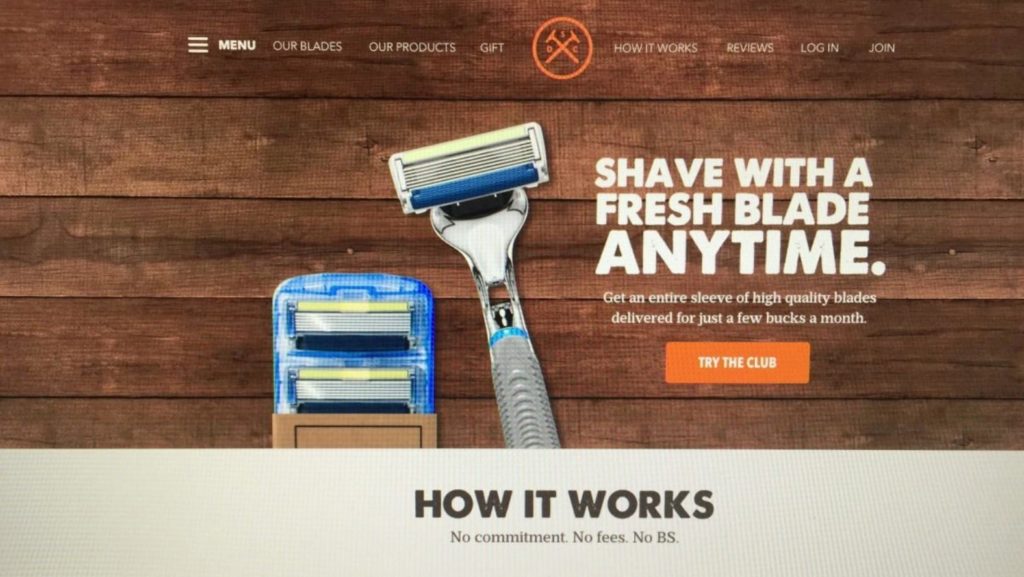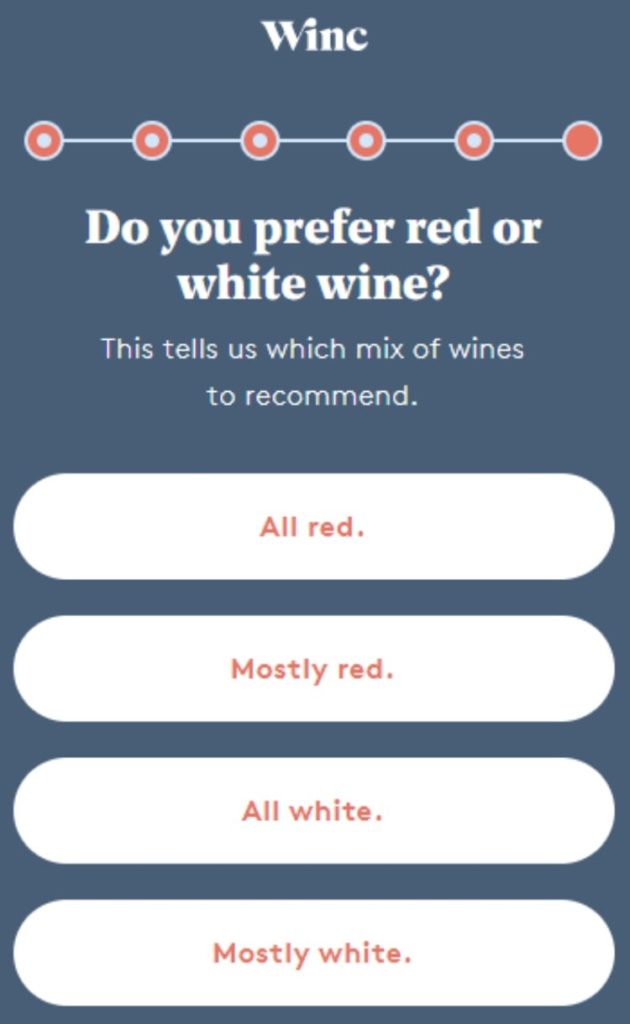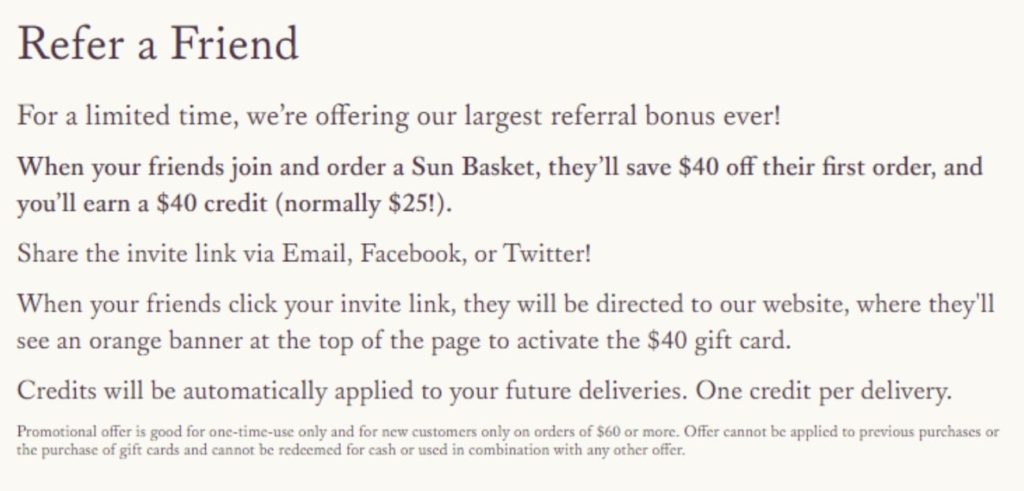In the world of D2C marketing, there’s no one around to help with the heavy lifting when it comes to selling your product or service. You don’t have a third-party retailer to jack up sales in tough times-the onus is solely on you.
But that doesn’t mean you’re not entitled to a little support, and that’s exactly where behavioral economics come into play. Behavioral economics is a field of study that examines the psychological reasoning behind people’s buying decisions. If you want to build lasting relationships with consumers, you need to find new and inventive ways to entice them. Using different behavioral economics principles can help you do that.
We’re here to share five behavioral economics principles that every D2C marketer should have in their arsenal. We’ll explain what they are, give you a real-life example of the principle in practice, and offer an actionable takeaway to implement it on your own.
Loss Aversion
In D2C marketing, loss aversion refers to marketing your product or service in such a way that consumers will see it as a loss if they don’t buy it. People have a fear of missing out on a great deal, and this principle plays right into that distinctly human fear.
Think about it: How many times have you bought unnecessary groceries at a 2-for-1 price just because the deal was too good to pass up? You might not need all that ketchup right now, but you’re still happy to save on its cost. That’s loss aversion in a nutshell.
Dollar Shave Club’s early marketing efforts emphasized the quality and affordability of its shavers. They also offered a convenient delivery-based alternative to buying notoriously expensive shaver refills at a local drug store. They positioned their shavers in a way that made them look like too good a deal to pass up, at “just a few bucks a month.” Those early marketing efforts were so successful that they built a massive subscription base, and Dollar Shave Club was eventually sold to Unilever in 2016 for roughly $1 billion.

Source: Sal Lauretta
In many cases, focusing on what consumers stand to lose from a value perspective is more powerful than showing what they can gain. Consider creating ad campaigns centered on how much value consumers will be passing up if they don’t buy your product or service. It’s even better if you can attach a dollar value to what they may miss out on to highlight just how great a deal your product or service is.
Paradox of Choice
The paradox of choice refers to the idea that offering too many options can make your consumers anxious and potentially lead to choice paralysis: finding it difficult to make a decision and instead choosing nothing at all. A more effective solution can be to minimize options-or even make the final decision for your consumers.
This idea is also backed by science. A research paper published in the Journal of Personality and Social Psychology in 2000 conducted a study based on the paradox of choice. Using jam as an example, the study found that consumers were 10 times more likely to buy a jar of jam when there were six options to choose from rather than 24. While people love options, they don’t want to be overwhelmed by them.
Winc is an online wine club that sends customers different wines right to their door. Instead of merely showing you all the wines they have available, Winc has designed an online quiz to get a better idea of your palette; they choose which wines to send based on your answers.

Source: Winc
Winc is an example of a company that considers customers’ needs but ultimately makes the final decision. Consider finding ways to tailor the marketing around your products or services so they best suit the customer.

Referral Marketing – The Best Practices You Need to Know
Written by veteran referral marketers, this guide will help you optimize your referral marketing program and supercharge growth.
Get the GuideReciprocity Principle
The reciprocity principle is a fancy way of saying, “You scratch my back; I’ll scratch yours.” If you give your consumer some value in the form of a discount or coupon, for example, that consumer may be more open to giving you their contact information or even a potential referral.
While it’s easy to get a little carried away when it comes to offering a discount or coupon, remember that reciprocity is not bribery. Ensure that the value add-in you give a consumer in exchange for their action is sustainable for your business.
Take Lull, for example. The mattress company offered $150 off any size mattress in exchange for a customer email signup. If someone is already in the market for a new mattress and visiting the site, this additional value (along with free shipping) would definitely be enticing to potential customers.

Source: Lull
A little extra love goes a long way. This is an especially useful tenet for companies that don’t have large and loyal customer bases yet and want to prove how good their product or service is. Offering a small discount or purchase add-in like a gift card is always an excellent way to get a consumer to carry out a desired action like providing their contact information.
Keep in mind that if you use this principle too often or advertise your offer everywhere, it can also come off as an inauthentic gesture where you’re simply trying to buy a consumer’s positive reaction to your CTA.
Attribute Priming
Attribute priming is a psychological tactic that steers customers toward particular products or services based on ideas that have already been subconsciously presented to them.
Sometimes, being exposed to a certain product or service through an ad or having someone tell you how great its features are can get in your head-you’ll subconsciously remember those instances while you’re making purchases. If you’ve never played basketball but have seen hundreds of Nike ads while watching TV or going online, there’s a good chance Nike sneakers will be your first pair of basketball shoes if you decide to pick up basketball.
In the example below, HBO Max has done a great job of attribute priming by advertising upcoming programs. This puts specific release dates in consumers’ minds; many of them will subconsciously remember that the film Ford v Ferrari comes out on June 20 and will watch it on the platform as a result.

Source: HBO Max
There are a couple of different ways you can implement attribute priming into your marketing efforts. One method is to create images or videos that depict customers happily using one of your products or services. Another way is to ask direct, non-leading questions about customers’ desires in your ad copy. The goal is to insert something in your consumers’ minds that will resonate with them and make them think they need for your product or service.
Social Proof
Social proof is the idea that people are influenced by the opinions or actions of others when making decisions about buying a product or service.
Sun Basket is a meal delivery service with a “Refer a Friend” program in place. They offer $40 off your friend’s first order and give you, the referrer, a $40 credit.

Source: Sun Basket
Referral programs are one of the best ways to highlight social proof. If you have real customers who can speak to how great your product or service is, their family, friends, and even colleagues will be more inclined to listen because that built-in trust is already present. The belief is that a prospective customer is more likely to have confidence in a product or service they hear about from a family member or friend than one they read about in a company’s content.
Another great way to utilize social proof in your marketing strategy is through reviews and testimonials. Having real people vouch for your product or service is an extremely effective way to sell it. A good practice when adding testimonials to your site is to include a picture of the person who gave that testimonial, even if they’re representing a company. This adds a human element that will resonate better with consumers.
Build Up Consumer Loyalty Using Behavioral Economics
Looking for a little help to start implementing behavioral economics principles?
Extole makes it easier than ever to reward new signups and referrals with our loyalty solution. We’ll help you build a strong customer community and make implementing behavioral economics principles like the reciprocity principle and social proof a breeze.




